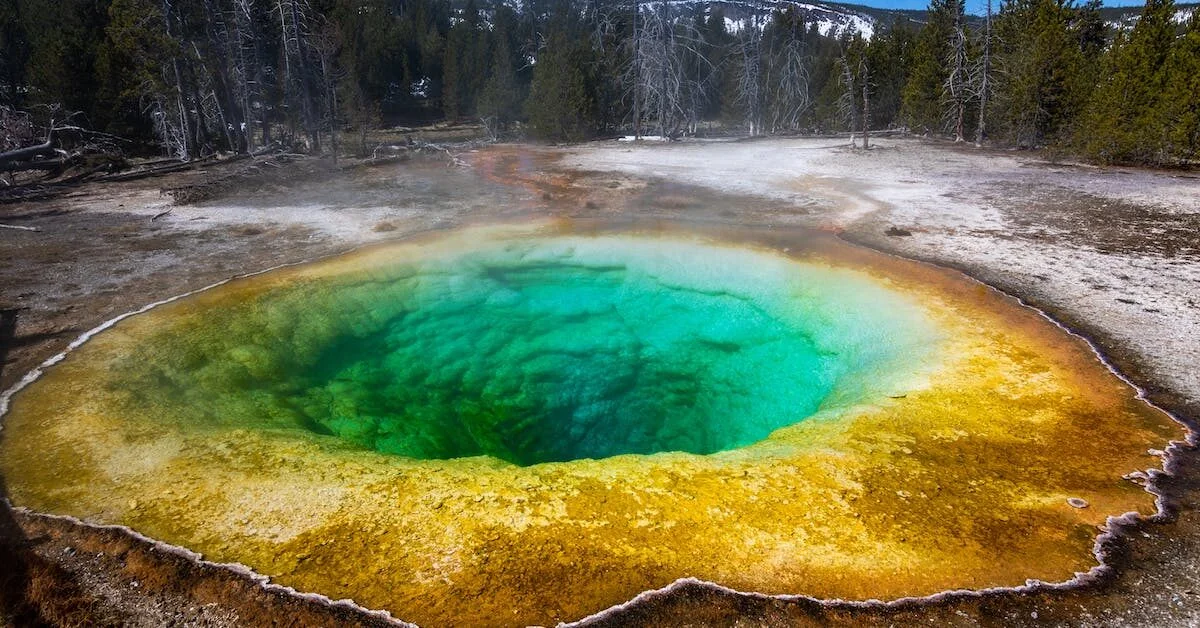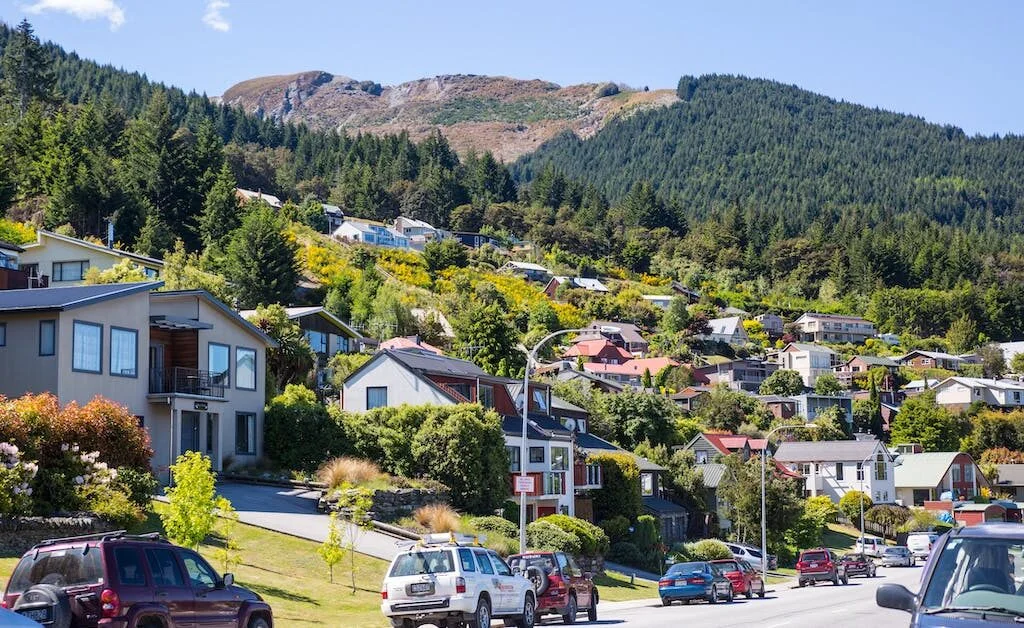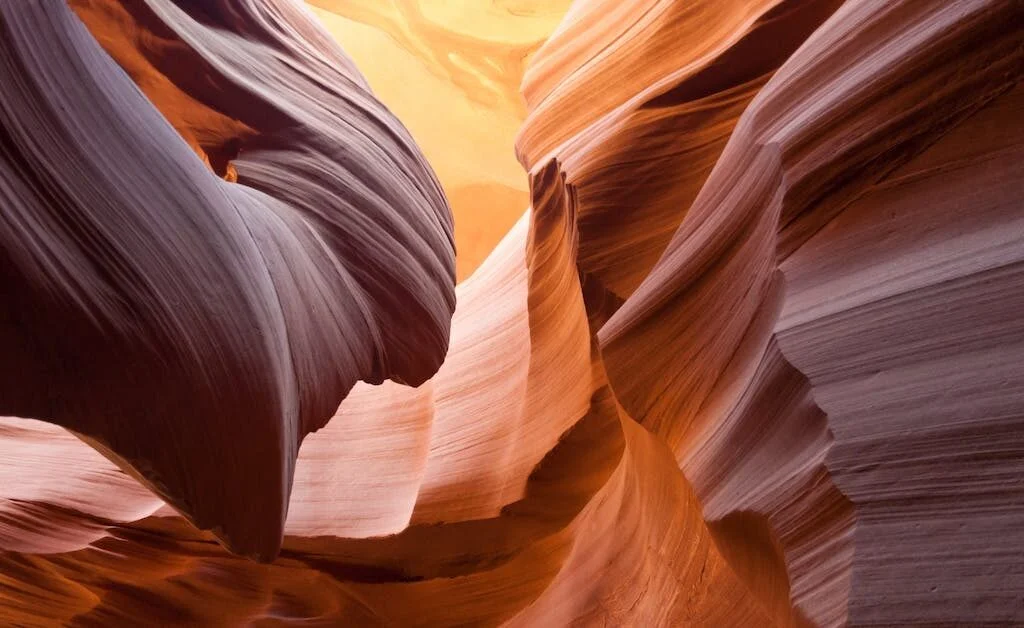Yellowstone National Park, a treasure trove of natural wonders, experiences diverse seasons, each offering unique experiences. Choosing the best time to visit Yellowstone, iconic park is crucial for maximizing your experience.
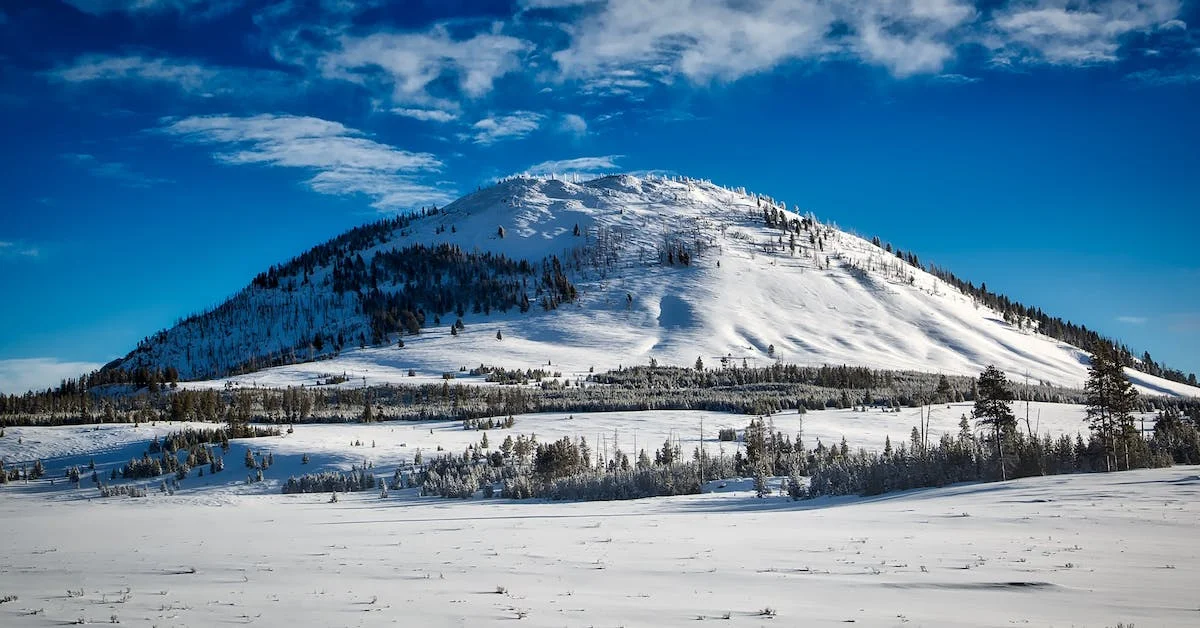
Understanding Yellowstone’s Seasons
Yellowstone experiences four distinct seasons: winter, spring, summer, and fall. Each season brings its own charm, offering visitors various activities and natural spectacles.
Winter Wonderland
Yellowstone in winter unveils a serene wonderland cloaked in snow. From November to March, the park transforms into a quiet sanctuary, with snow-covered landscapes and a unique array of wildlife. It is the best time to visit Yellowstone.
Exploring Yellowstone in Winter
Venturing into Yellowstone during the winter offers unparalleled solitude. While most entrances close, the northern gateway remains open, providing access to the mesmerizing Northern Range. The cold weather, though chilly, amplifies wildlife sightings, with wolves, bison, and foxes thriving in this season.
Winter Activities in Yellowstone
Activities like snowshoeing, cross-country skiing, and backcountry camping beckon adventurers. Witnessing wolves and other wildlife against the pristine snowscape is an experience like no other.
Weather and Considerations
Temperatures range from 3 to 27°F (-16 to -3°C) on average, with manageable dryness. The unique acoustic properties of the snow change how sounds travel, enhancing the experience of listening to wildlife calls.
Spring Awakening
As winter bids adieu, spring arrives, marking a transition in Yellowstone. From April to June, the park wakes from its winter slumber, showcasing new life and natural rejuvenation. It is the best time to visit Yellowstone.
Springtime Highlights
Spring unveils blossoming wildflowers, newborn wildlife, and the awakening of Yellowstone’s dormant features. This season witnesses the emergence of grizzly and black bears from their hibernation.
Exploring Yellowstone in Spring
The opening of entrances in mid-April heralds the onset of springtime exploration. It’s an opportune period for wildlife enthusiasts to spot baby animals and enjoy the blooming wildflowers.
Weather and Preparations
Temperatures range widely from 19 to 47°F (-7 to 8°C) in April and climb to 60°F (16°C) in June. This transitional period can bring rain, snow, and occasional hot days, demanding adaptable clothing choices.
Embracing Yellowstone’s Summer Splendor
Summer in Yellowstone boasts long days, vibrant landscapes, and diverse activities. From July to August, the park brims with life and beckons travelers to explore its myriad offerings. It is the best time to visit Yellowstone.
Summer Adventures
Despite being the busiest season, Yellowstone’s expansive landscape ensures space for exploration. The restrictive backcountry permit system maintains serenity, allowing for immersive experiences even amidst the summer rush.
Summer Hiking and Wildlife
Traverse the park’s diverse trails, enjoying serene hikes while encountering bison-speckled plains and the captivating sunrise over Lamar or Hayden Valley. Summer also witnesses the birth of baby animals and the onset of mating seasons.
Planning for Summer
Amidst the peak tourist season, planning becomes crucial. Accommodations often fill up months in advance, and careful itinerary planning or guided tours can enhance the experience.
Weather Patterns and Considerations
Temperatures range from 39 to 73°F (4 to 23°C), with occasional hot days. Thunderstorms are common, and the park’s varied microclimates demand preparedness for temperature variations.
Transitioning into Tranquil Fall
As summer wanes, fall takes center stage in Yellowstone. From September to November, the park undergoes a dramatic transformation, offering a blend of lingering summer elements and emerging winter traits. It is the best time to visit Yellowstone.
Exploring Yellowstone in Fall
The crisp air and changing foliage set the stage for remarkable experiences. September, reminiscent of extended summer, witnesses the continuation of popular attractions, while October introduces unpredictable weather patterns.
Fall Hiking and Wildlife Activity
Fall presents an opportune time for hiking in Yellowstone’s lower elevations. Witness the elk mating season and prepare for shifting weather conditions as the park slowly transitions into winter mode.
Weather Variances and Recommendations
Temperatures fluctuate significantly, ranging from 63°F (17°C) in September to 34°F (1°C) in November. Flexibility is key due to unpredictable weather changes, especially in October.
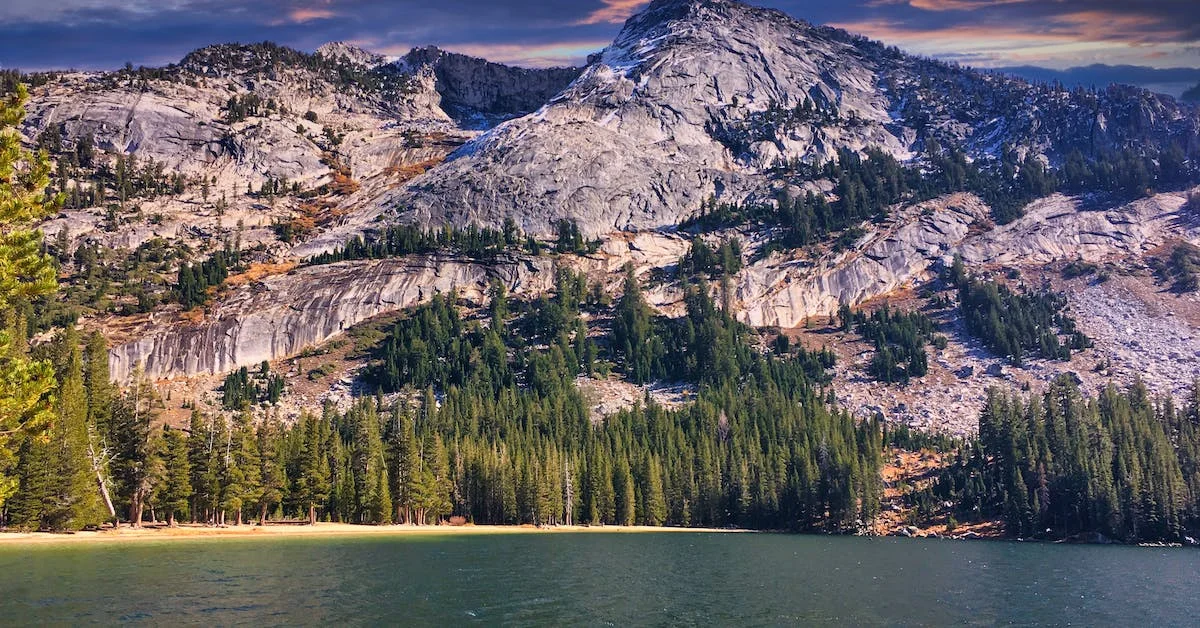
Winter’s Silent Majesty
Winter transforms Yellowstone into a serene wonderland, offering a unique and tranquil experience. From December to February, the park unveils a different charm that enchants visitors seeking solitude and natural beauty.
Winter Wonders
Despite the park’s partial closure, its northern entrance remains accessible for an alternate wintry adventure. Embrace the solitude and explore the enchanting northern range, experiencing the park in its snow-covered glory.
Winter Activities and Wildlife Watching
Winter brings forth a plethora of wildlife, particularly wolves, bison, and other cold-adapted creatures. Witnessing these animals against the snow-clad backdrop creates unforgettable memories.
Weather Conditions and Preparation
Brace for low temperatures ranging from 3 to 27°F (-16 to -3°C). While chilly, the “dry” cold is manageable with proper attire. Wind and occasional snowfall are common, but the experience far outweighs the minor inconveniences.
Spring’s Blossoming Beauty
As winter gives way to spring, Yellowstone awakens from its slumber with budding flowers and newborn wildlife. From April to June, the park transitions into a vibrant season marked by rejuvenation.
Springtime Explorations
Enjoy the emergence of wildflowers and the chance to witness adorable baby animals. April can be chilly, with temperatures between 19 and 47°F (-7 and 8°C), but by June, the weather warms up to the mid-60s°F (16°C).
Spring Weather Precautions
Prepare for varying weather conditions, including rain, snow, and sunshine. As Yellowstone spans diverse elevations, expect temperature variations across the park.
Summer’s Bustling Serenity
Summer in Yellowstone unveils a dichotomy: bustling crowds in some areas and serene tranquility in others. Despite the peak season from May to October, exploration opportunities abound.
Summer Adventures
Experience the extensive hiking possibilities across Yellowstone’s expansive 2.2 million acres. The park’s backcountry remains serene, thanks to a restrictive permit system, offering a peaceful respite amid the summer rush.
Wildlife Encounters and Summer Spectacles
Witness the magnificence of wildlife during early mornings, especially grizzlies, wolves, and newborn animals. Summer becomes a time for animal mating rituals and abundant birdlife amidst blossoming wildflowers.
Planning and Accommodations
With increased visitors, meticulous planning becomes essential. Booking accommodations months in advance is advisable due to limited availability within the park during the summer months.
Fall’s Tranquil Transition
As summer fades, Yellowstone embraces the transitional beauty of fall, presenting a quieter yet captivating atmosphere. From September to November, the park undergoes a serene transformation.
Fall Exploration
September extends the hiking season with pleasant weather, allowing for high-country exploration. Witness the wildlife’s transition: elk entering the rut and grizzlies preparing for hibernation.
Weather and Flexibility
Temperatures fluctuate significantly from the warmer days of September to the cooler, sometimes snowy, days of November. Flexibility in planning is key to navigate the unpredictable weather patterns.
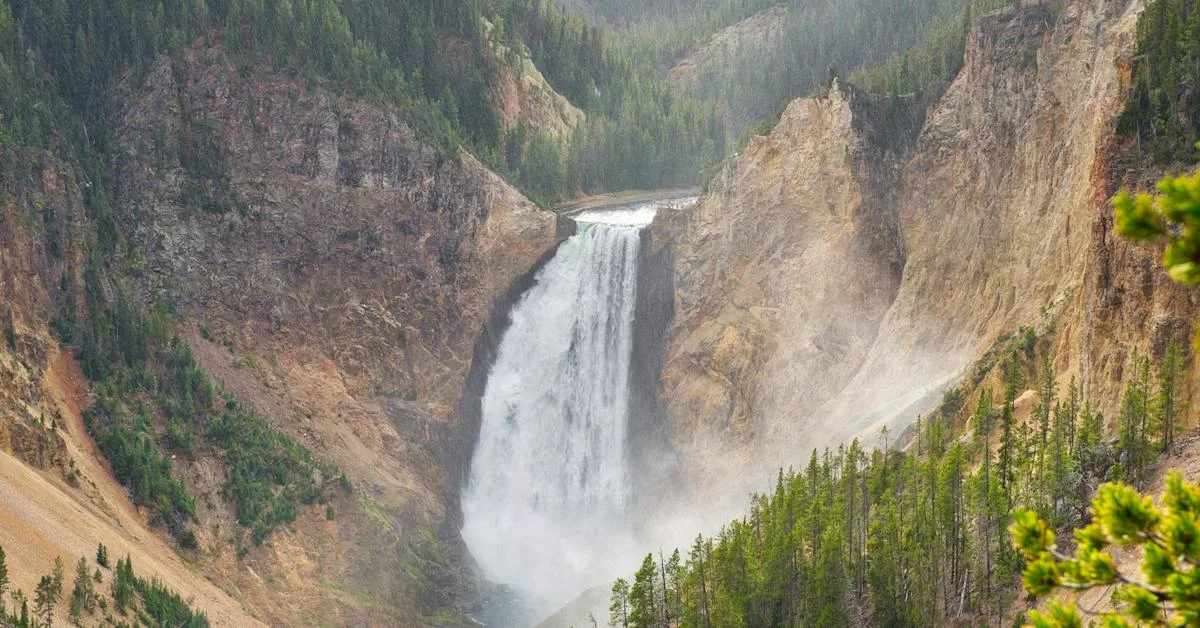
Expert Guidance & Safety Measures
While Yellowstone is explorable without a guide, their expertise can significantly enhance your experience. Guides offer in-depth knowledge of wildlife habitats, aiding in animal sightings and safety measures, especially concerning bear encounters.
Wildlife Safety Measures
Respect the park’s inhabitants from a distance, maintaining a minimum of 100 yards from bears and wolves, and 25 yards from other wildlife. Guides provide spotting scopes for safe wildlife observation.
Navigation & Safety Gear
Carry a map, as cell reception is limited. Additionally, download offline maps and utilize the Yellowstone National Park app. Essential safety gear, including bear spray, is often provided by guides.
Packing Essentials & Precautions
Packing Checklist
Prepare a daypack with water, proper footwear, layered clothing, rain gear, and sun protection. Ensure essentials like headlamps, cameras, and bear spray are part of your inventory.
Environmental Respect
Adhere to park regulations—smoking is prohibited, and fragrances attract wildlife. Follow the “Leave No Trace” principles to preserve the park’s pristine condition.
The final section encapsulates crucial advice and packing essentials, ensuring visitors enjoy Yellowstone safely and responsibly.
Conclusion: Embrace Yellowstone’s Ever-Changing Charm
Yellowstone National Park, with its unbridled beauty and diverse landscapes, offers a myriad of experiences throughout the year. Each season unveils a unique facet of this natural wonder, promising unforgettable encounters with wildlife, stunning geothermal features, and boundless adventures.
From the tranquil serenity of winter’s snow-covered landscapes to spring’s vibrant renewal and the bustling wildlife moments in summer, every season presents unparalleled opportunities for exploration. Fall transitions the park with warm hues, marking an ideal time for hiking and witnessing natural phenomena.
Yellowstone stands as a testament to nature’s resilience and grandeur. Its ever-evolving ecosystem, shaped by volcanic forces and diverse wildlife, invites visitors to embrace its teachings. Respect for its inhabitants, adherence to safety measures, and environmental stewardship ensure a harmonious coexistence within this majestic wilderness.
Whether embarking on a solitary hike or joining a guided tour, meticulous planning, preparation, and understanding of the park’s diverse landscapes and wildlife behaviors are paramount. With the right gear, knowledge, and respect for nature, a Yellowstone expedition promises a transformative experience.
Read More: Discovering the Perfect Time to Visit Australia
Frequently Asked Questions (FAQs)
Yellowstone offers something unique in each season. Spring from April to June unveils budding wildflowers and newborn wildlife. Summer, from June to August, presents mild temperatures, perfect for hiking and wildlife sightings. Fall, spanning September to November, showcases vibrant foliage. Winter, from December to February, creates a magical snowy landscape. The choice depends on preferences—wildlife, weather, or specific activities.
A minimum of three to four days allows for a comprehensive Yellowstone experience. Visitors can explore iconic landmarks, engage in various activities, and venture into the backcountry. Extending the trip to a week provides a more leisurely pace to cover a wider range of attractions, trails, and wildlife encounters.
Early spring and late fall, such as April, May, late September, and October, often offer more affordable accommodation rates due to reduced demand. However, accessibility to some areas might be limited, and weather conditions can be unpredictable, especially in late fall.
Old Faithful, renowned for its predictable eruptions, can be witnessed throughout the year. The geyser erupts approximately every 90 minutes, shooting hot water and steam high into the air. While it’s a captivating sight year-round, timing your visit during less crowded hours, like early morning or late afternoon, ensures a better viewing experience with smaller crowds.

